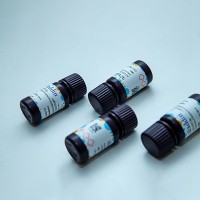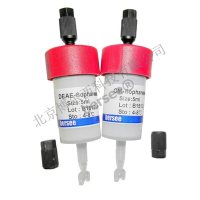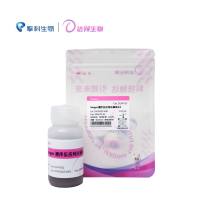Monitoring Removal of Cyclobutane Pyrimidine Dimers in Arabidopsis
互联网
576
Ultraviolet (UV) radiation that overlaps the absorption spectrum of DNA induces a variety of photoproducts. Because stratospheric ozone screens out shorter UV wavelengths, DNA-damaging solar irradiance at the terrestrial surface is confined to the UV-B band (290–320 nm). However, germicidal lamps with outputs in the UV-C range induce both principal classes of UV-light photoproducts in DNA, cyclobutane pyrimidine dimers (CPDs) and pyrimidine-[6-4′]-pyrimidinone photoproducts ([6-4′] photoproducts; [6-4]PPs), in about the same proportions—70–80% CPDs, 20–30% (6-4)PPs—as does UV-B radiation, so the former is frequently used in laboratory situations. Other photoproducts account for 1–2% at most of UV photoproducts, so CPDs and (6-4)PPs are undoubtedly responsible for most of the cytotoxicity, mutagenicity, and carcinogenicity of UV light. It seems highly likely that ongoing depletion of stratospheric ozone will significantly increase solar UV-B irradiance of the biosphere during the next decade or two. This has triggered increased interest in the consequences for green plants, which are exposed more or less constantly to sunlight, on which they depend for photosynthetic energy and development signals. A prerequisite to understanding mechanisms by which plants repair and/or tolerate UV-light damage to their DNA is the availability of accurate, sensitive, and relatively simple methods to measure photoproducts. Here we have focused on CPDs, the most prevalent UV photoproducts in DNA, which are known to be cytotoxic and mutagenic.








